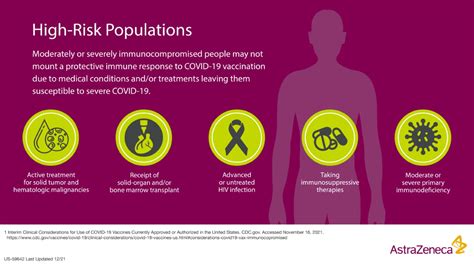Vulnerable Americans like Susan Scarbro live under the looming threat of COVID-19, even as many others have begun to move on. For Scarbro, a 55-year-old resident of Sunset Beach, North Carolina, the sound of a cough in a bowling alley can spark fear and uncertainty. With multiple immune disorders, she navigates each day with caution, knowing that even an inadvertent cough could jeopardize her health.
Susan’s Daily Struggles
Scarbro is just one of many individuals who continue to grapple with the lasting impact of the pandemic. Despite the official end of the emergency phase back in May 2023, for vulnerable populations, the specter of infection remains ever-present. The virus has claimed over 1.2 million American lives and disrupted countless more.
As Scarbro tries to find a sense of normalcy by participating in her bowling league, she faces judgment from strangers who no longer understand her need for precautionary measures. “There was more respect and understanding, but now they’re over it,” she reflects.
The Ongoing Battle
While a large portion of the population has developed protection through past infections or vaccinations, immunocompromised individuals like Scarbro are unable to let their guard down. Unlike seasonal illnesses such as the flu, COVID-19 continues to pose a year-round threat.
According to virologist Andrew Pekosz from Johns Hopkins University, asking these individuals to remain vigilant at all times is both challenging and exhausting. The fear of contracting the virus lingers constantly for those who must take extra precautions.
Life-Altering Adjustments
Bazia Zebrowski from Newbury, Ohio shares how her life has drastically changed since the start of the pandemic. Previously able to enjoy outings with friends despite battling myalgic encephalomyelitis (formerly known as chronic fatigue syndrome), she now rarely leaves home except for medical appointments.
Zebrowski’s husband takes on tasks such as grocery shopping while adhering to strict safety protocols due to their shared concerns about falling ill. The couple recognizes that contracting COVID-19 could exacerbate existing health issues or lead to long-term complications.
Avoiding Risk at All Costs
For some individuals like Steve Alejandro from Wentzville, Missouri and Kira Levin from Miami—both caregivers—the focus shifts towards protecting their loved ones at all costs. Alejandro describes himself as a “COVID shielder,” emphasizing his commitment to safeguarding his wife’s limited hours of well-being each day.
Levin echoes this sentiment by recalling how she attended a wedding fully masked out of concern for her elderly grandmother’s health—a small sacrifice made out of love and responsibility.
Embracing Precautionary Measures
Sisters Jacqueline and Alexa Child have embraced necessary precautions due to their vulnerability to infections caused by autoimmune diseases. Their proactive approach extends beyond personal safety; they’ve even launched a specialized dating app catering to disabled or chronically ill individuals seeking connections while prioritizing health.
The sisters emphasize that what began as protective measures evolved into broader advocacy against long-term disabilities like those associated with long COVID—a condition still not fully understood by science despite ongoing research efforts led by experts like Yale immunologist Akiko Iwasaki.
A Future Filled with Uncertainty
As society gradually returns to pre-pandemic norms, vulnerable communities face heightened risks amidst relaxed safety measures observed by others around them—including friends and strangers alike. Jorey Berry from Immune Deficiency Foundation reiterates that for people like Susan Scarbro—who cannot afford complacency when it comes to safeguarding their health—the road ahead remains fraught with challenges.
Despite uncertainties looming on the horizon concerning public attitudes towards safety practices post-pandemic era closure—individuals continue striving not just for survival but also for understanding and empathy within their communities.

